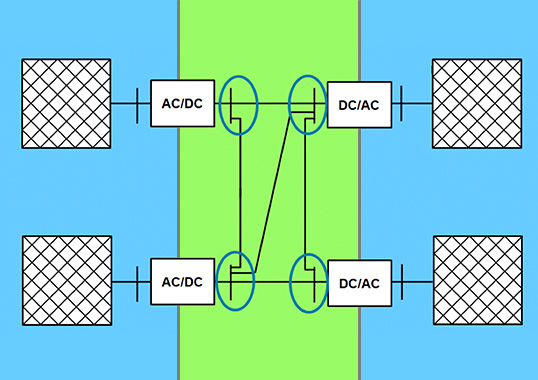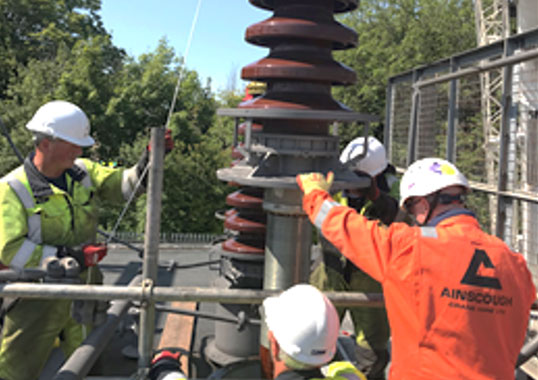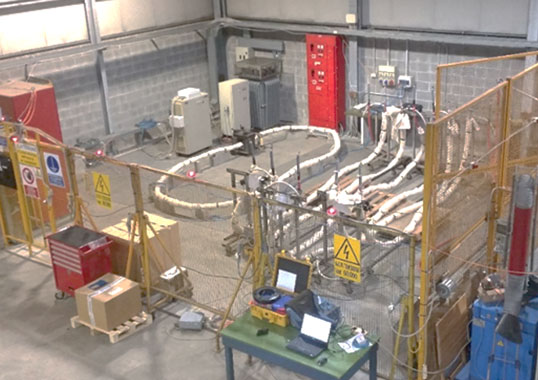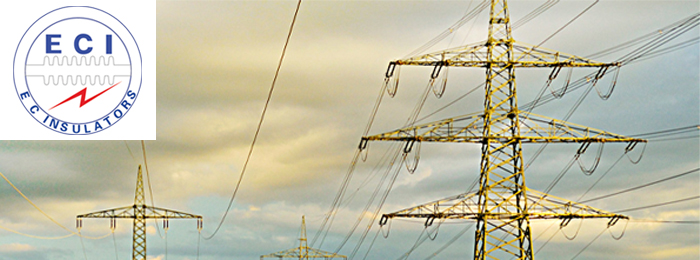Arrester Technology Today: Lessons Learned & Developments to Watch by Prof. Volker Hinrichsen.
Gapless metal oxide (MO) arresters are relatively new devices with only a short history but have nonetheless undergone rapid development during the past 30 years. For example, they were among the first electrical apparatus with polymeric insulation, now state-of-the-art in distribution and increasingly applied in transmission. Progress has also been achieved in MO varistor performance, making arresters among the most reliable components in power systems. New applications beyond overvoltage protection have also become possible, such as UHV arresters, HVDC arresters in converter stations, line arresters, arrester banks in FACTS and, most recently, as energy absorbers in HVDC circuit breakers. Energy handling and potential degradation have been concerns from the start, since a gapless MO arrester can suffer thermal runaway after excess energy input and/or due to deterioration of its nonlinear voltage-current-characteristic. Modern applications have thus required different approaches specifying and verifying energy handling capability. These days, simulation tools have become powerful enough to e.g. optimize EHV and UHV arrester designs with respect to external grading and thermal stability limits. This presentation addresses challenges during ongoing development of arresters, reviews the current state of standards and offers an outlook on future requirements.









